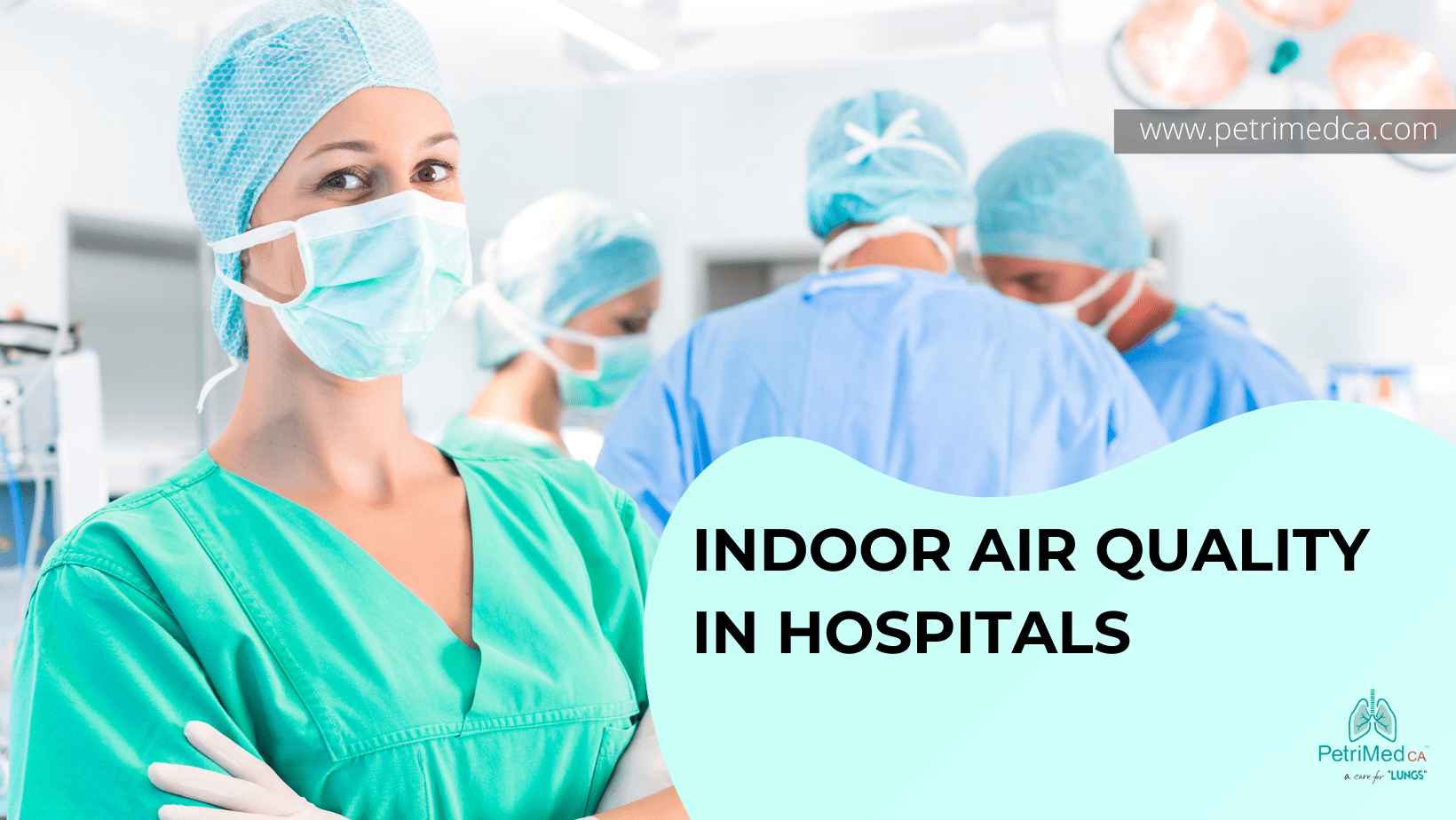Healing Contaminated Air Quality in Hospitals
31 Oct 2021
Air-quality control measures play a pivotal role tearing down airborne pollutants and hazardous toxins inside a hospital. Let’s throw a glance at some potent steps to know how to ensure a complete shield against the infections that might be triggered by poor air quality.
Hospitals and operating rooms need to maintain the desired range of indoor air quality to ensure a healthy and contaminant-free environment for patients and medical staff. Their health can be extremely affected by hospital-acquired contaminations, airborne biological particles, and other tiny substances that float inside a hospital.
If the operating rooms are not disinfected or the indoor air is contaminated with allergens and microorganisms like Bacillus spp., Micrococcus spp., and Staphylococcus spp. Bacteria, the chances of infections and other post-surgery complications are very high—patients’ body organs remain exposed to the external particles for hours during the surgery.
After surgery, patients are shifted to the recovery room, which may have higher CO2 concentrations and other hazardous pathogens if the indoor air quality is not maintained to the suggested level.
Most of the patients, undergoing surgery or other treatment, are highly susceptible to catching infections from hazardous particles and microorganisms due to their fragile immune systems.
How IAQ Becomes Poor in Hospitals
Patients might be one of the key sources of pollutants and biological microbes. They may be sound carriers of infections, viruses, and other health problems, for which they are admitted to hospital. Their bodily fluids and sneezing can introduce tiny particles and bacteria into indoor air and onto surfaces. Wounds and therapeutic procedures may also add uncomfortable odour to the indoor environment, which may potentially worsen indoor air quality.
Moving medical and surgical waste products irresponsibly may also be a source of particulate matter and hazardous particles. The cleaning chemicals used for disinfecting surfaces may also introduce contaminants into the air, and if the surface remains wet for a long time, then it offers an appropriate atmosphere for mold and fungus to grow.
Pollutants and toxin particles emitted from traffic and generator exhaust are also a very common source for poor air quality in hospitals. They intrude into the indoor environment through outdoor air.
To Improving Indoor Air Quality in Hospitals
Numerous codes, standards, and guidelines have been laid out by the WHO, NABH, and ASHRAE to offer effective direction on the airflow rate, temperature, and humidity in healthcare facilities.
Since maintaining air quality in healthcare facilities is challenging to some extent due to the wide range of allergens and bacteria, including pathogens, chemical compounds and dust, but certain key measures can ensure the indoor environment is safe for patients and medical staff.
Luckily, with the advanced air filtration technology, hospitals can significantly minimize the spread of hospital-acquired contaminations and sick building syndrome (SBS). Instead of using ordinary air purifiers in hospitals and operation theatres, investing in advanced air purification systems like PetriMed CA™ Air Purification System would be an effective solution to reducing exposure to harmful toxins, viruses, and bacteria.
It duly compiles with the standards and guidelines suggested by ASHRAE, WHO, and NABH. They recommend 99.97% efficiency for HEPA filter in medical applications, whereas PetriMed CA™ comes up with 99.999% filtration efficiency.
It uses activated carbon filters in conjunction with H14 ISO 50U HEPA filter, Ionisation technology, nano-silver anti-bacterial layer, and UV-C technology to trap tiny particles as small as 0.1 microns to some extent.
Other solutions include an air quality monitoring system to track the common pollutants and central vacuum systems to vent the contaminants outside the building.
Hospitals or other healthcare facilities need to ensure a safe and healthy indoor environment so that the patients and medical staff stay safe against hospital-acquired infections and sick building syndrome (SBS).
Written By: Mr. Nishant Gupta (M.sc Microbiology)
